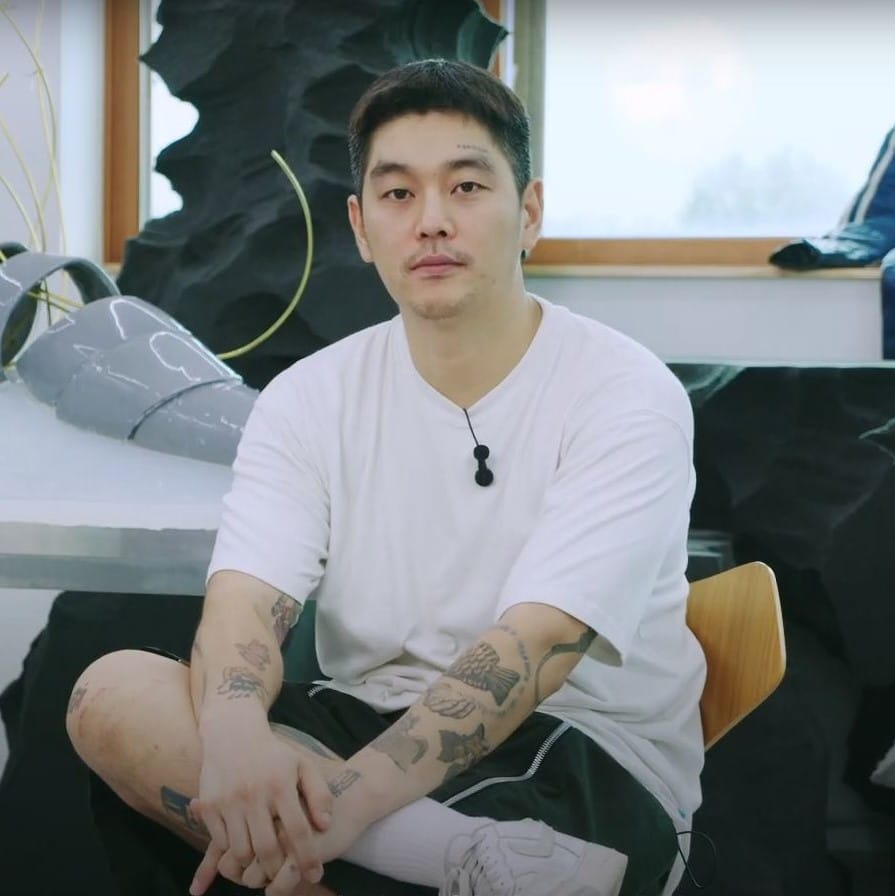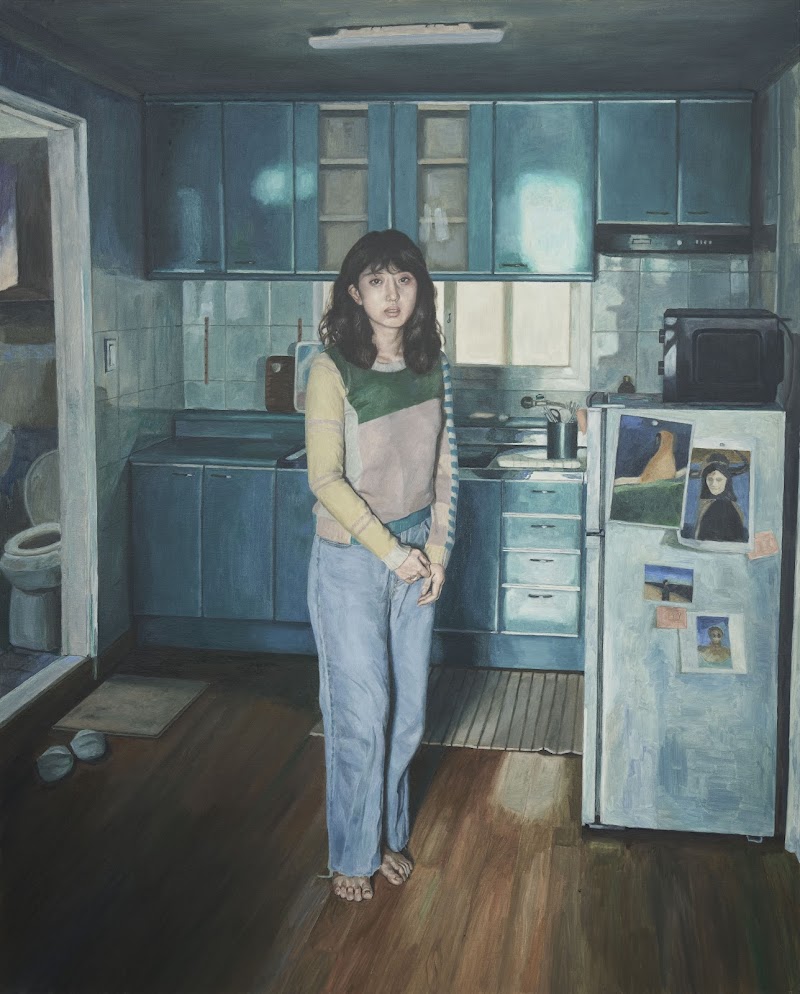Korea’s Demilitarized Zone (DMZ) is a four-kilometer-wide military buffer zone between the North and South, which was created by the Korean War Armistice Agreement signed in 1953. In September 2021, the first art exhibition was held in the DMZ area.
The DMZ Art & Peace Platform, opened in September 2021, consists of five locations: UniMARU, located in the Inter-Korean Transit Office (IKTO) area in Paju, Gyeonggi-do; Dorasan Station; Paju Guard Post; Jejin Station in Goseong-gun, Gangwon-do; and the National Institute for Unification Education in Seoul.
The inaugural exhibition, 2021 DMZ Art & Peace Platform, was held throughout the five locations from September 15 to November 15, 2021. Due to the COVID-19 pandemic, the exhibition was held online for most of the period, but VR tours and video clips are still available through the website.

"2021 DMZ Art & Peace Platform" exhibition title. Courtesy of the DMZ Art & Peace Platform.
The exhibition featured 34 works of art encompassing various genres such as graphic design, architecture, video, installation, and photography under the theme of a borderless peace zone.
Thirty-two artists, including four international artists, participated in the exhibition, including the father of video art, Nam June Paik; world-renowned contemporary artist Haegue Yang; and the artist and architect duo Studio Other Spaces (Olafur Eliasson & Sebastian Behman).
The exhibition aimed to convey the meaning of inter-Korean collaborations, peace and reunification, ecological preservation, connection and solidarity, as well as the expansion of cultural exchanges.
 Nam June PAIK, 'Elephant Cart,' 2001, cart, elephant statue, limestone sitting Buddha statue, 22 CRT TV sets, telephone, phonograph, 4 dollies, umbrella, video distributor, wires, 2-channel video, color, silent, DVD, 293×633×153cm, Nam June Paik Art Center.Courtesy of the DMZ Art & Peace Platform.
Nam June PAIK, 'Elephant Cart,' 2001, cart, elephant statue, limestone sitting Buddha statue, 22 CRT TV sets, telephone, phonograph, 4 dollies, umbrella, video distributor, wires, 2-channel video, color, silent, DVD, 293×633×153cm, Nam June Paik Art Center.Courtesy of the DMZ Art & Peace Platform.Among the five locations, UniMARU is the first art space built in the DMZ area. The abandoned building used to be a temporary customs and inspections office, IKTO, for four years until 2007, but in 2021, it was transformed into a cultural center by architect Mihn Hyun-jun, who designed the National Museum of Modern and Contemporary Art, Seoul (MMCA).
The title, UniMARU, is a combination of the prefix “uni-,“ meaning one or single, and the Korean word for platform, “maru (마루).” UniMARU is designed to hold art exhibitions but also to host various activities such as public events and to offer archival materials.
One of the artworks exhibited in UniMARU was The Space for South and North Korean Artists(2021). The artwork is an installation by artist Redux, a second-generation refugee and a victim of the national division. The work, in the form of empty frames, was made of the wood used for the exterior wall of the former IKTO building in the hope of exhibiting works from North Korean artists along with South Korean and international artists in the near future.
The DMZ Art & Peace Platform mentioned that the platform is “intended to be used as a space for South and North Korea to hold art festivals and various social gatherings together in the future.”
 Redux, 'The Space for South and North Korean Artists,' 2021, Reclaimed wood from UniMARU, 110 x 110 x 370 cm,
Redux, 'The Space for South and North Korean Artists,' 2021, Reclaimed wood from UniMARU, 110 x 110 x 370 cm,Commissioned by Inter-Korean Transit Office. Courtesy of the DMZ Art & Peace Platform..
The Ministry of Unification has been carrying out a project to create art and culture spaces around the DMZ area since January 2021. The DMZ Art & Peace Platform was built to commemorate the joint agreement made at the inter-Korean summit in Panmunjom in 2018 led by President Moon Jae-in and North Korean leader Kim Jong-un to transform the Demilitarized Zone into an international peace zone.
References
- DMZ Art & Peace Platform (Homepage)
- CNN, Unimaru: The art museum between North and South Korea where the curator wears a bulletproof vest, 2021.12.05
- MuseumNext, New museum opened along Korean Demilitarised Zone is a beacon for peace and unification, 2021.12.01
- 뉴시스, DMZ, 문화공간으로 변모…15일부터 예술 전시회, 2021.09.14


























